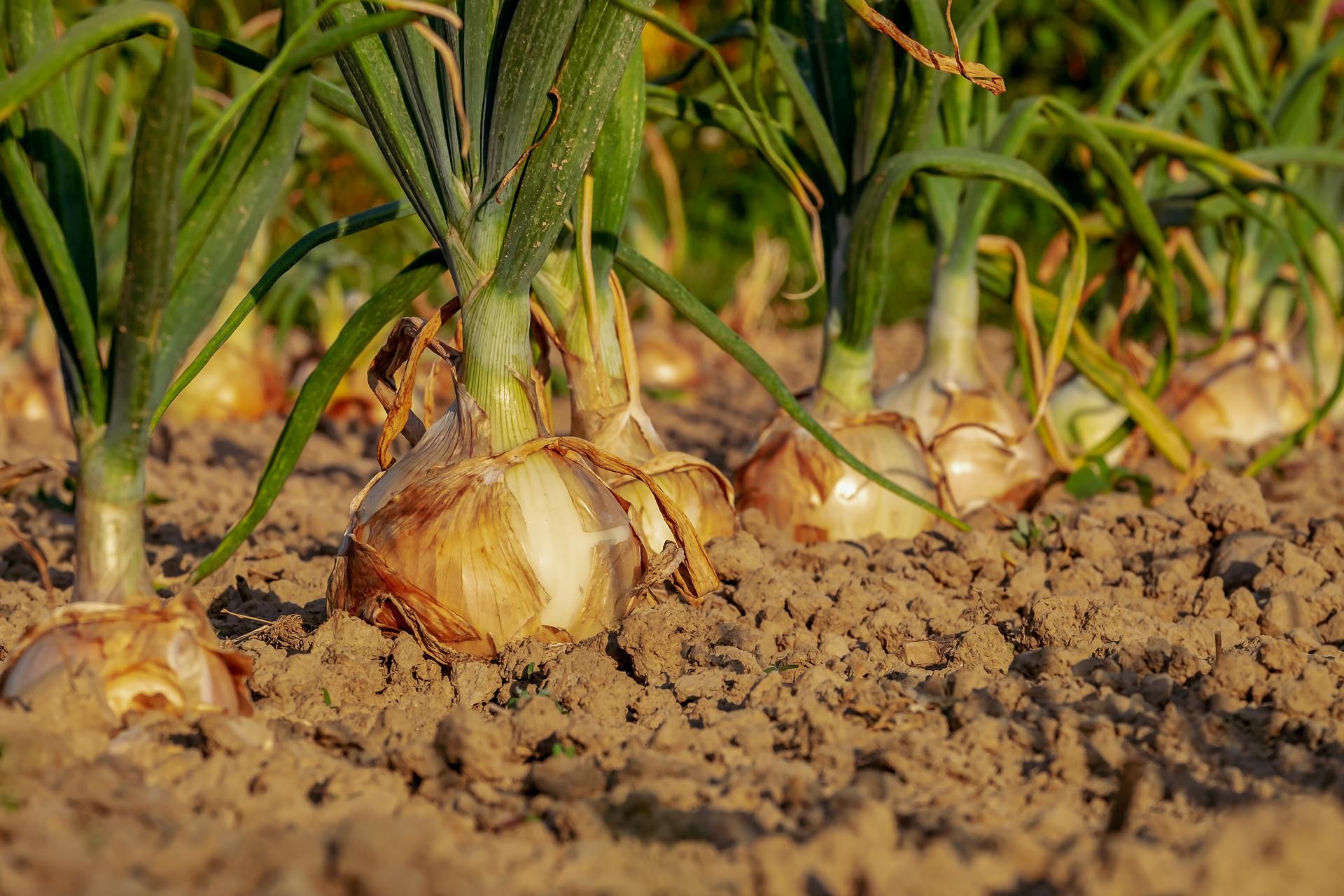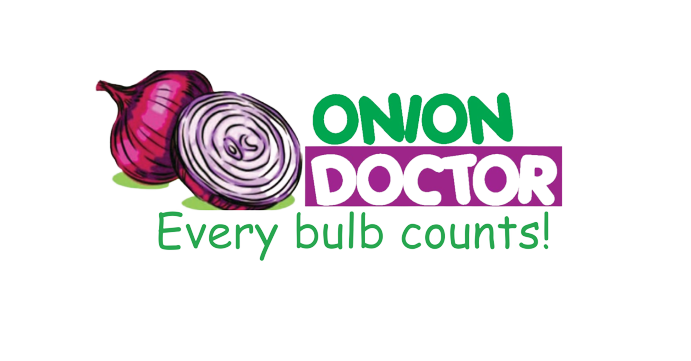Mastering Onion Farming in Kenya with Onion Doctor: A Complete Guide

Are you in need of in-depth knowledge on onion and garlic production? If yes, we are a call away. Our service chatter includes: Onion seedlings, Garlic seedlings, Farm planning services, Soil testing, Drip irrigation installation and maintenance, Agronomic support, Onion and Garlic value pack and Farm management. For free consultation, placing orders or booking a visit with an agronomist, please contact us via Call or what’s app +254703982228, Email: Info@oniondoctor.co.ke.
Onions are an essential ingredient in Kenyan cuisine, gracing nearly every meal with their unique flavor and health benefits. This comprehensive guide will empower you to excel in onion farming in Kenya, with a little help from Onion Doctor. From soil preparation to choosing the right seeds, irrigation, and harvesting, we've got you covered.
Growing Conditions for Optimal Onion Farming: Ideal Soil and Climate: Onions thrive in well-drained, deep soils with a pH range of 6.0-6.8. Avoid heavy clay soils that can hinder onion growth. The best temperatures for onion cultivation are between 15-30 degrees Celsius. High-altitude regions with 500-700mm of rainfall are ideal for onion farming.
Land Preparation for Successful Onion Farming: Soil Preparation Steps: Plow your land thoroughly using a tractor to break down soil lumps. Incorporate well-decomposed manure to enhance soil nutrients. Utilize soil test results to determine the type of fertilizer required, often NPK fertilizer.
Choosing the Right Onion Seeds: Benefits of Quality Onion Seeds: Quality seeds are essential for successful onion farming. Onion Doctor offers high-quality, disease-resistant seedlings at a competitive price. Common onion seed varieties in Kenya include Red Creole, Bombay Red, and more.
Transplanting for Optimal Onion Growth: Transplanting Timeline: Transplant onion seeds to the main field in just six weeks. Optimal transplanting conditions include selecting seedlings with a waist as thick as a pencil. Irrigate seedlings thoroughly on transplanting day to reduce shock.
Effective Onion Transplanting Process: Preparing Nursery Seedlings: Gradually reduce daily irrigation and remove shade netting from nursery seedlings. Transplant in cool weather, preferably early morning or evening. Flood the transplant beds with water to minimize transplant shock.
Proper Transplanting Techniques: Make raised beds 1m wide and 30cm high for transplanting. Install an irrigation system before transplanting. Space seedlings 10 cm apart on the bed.
Irrigation for Thriving Onion Crops: Essential Drip Irrigation: Onions require consistent moisture, making drip irrigation crucial. Onion Doctor provides durable, high-quality drip irrigation systems and installation services. Benefits include efficient water usage, reduced weed growth, and automated operation.
Harvesting and Storage for Maximum Yield: Harvesting Ripe Onions: Harvest when the base of the plant is about to crack, and leaves begin to yellow. Start by bending the top of onions, leaving them on the ground for 10 to 14 days. Cut the dried neck of onions and clip off the roots before grading. Effective Storage Techniques: Store onions in net bags, not sacks, for up to 6 months. Proper curing and storage are essential to maintain onion quality.
Onion Doctor stands beside smallholder farmers across Africa, offering quality and affordable onion and garlic seedlings, farm planning services, soil testing, drip irrigation systems, agronomic support, onion and garlic value packs, farm management, e-extension, and on-farm training. Partner with us to optimize your yields and profits.
